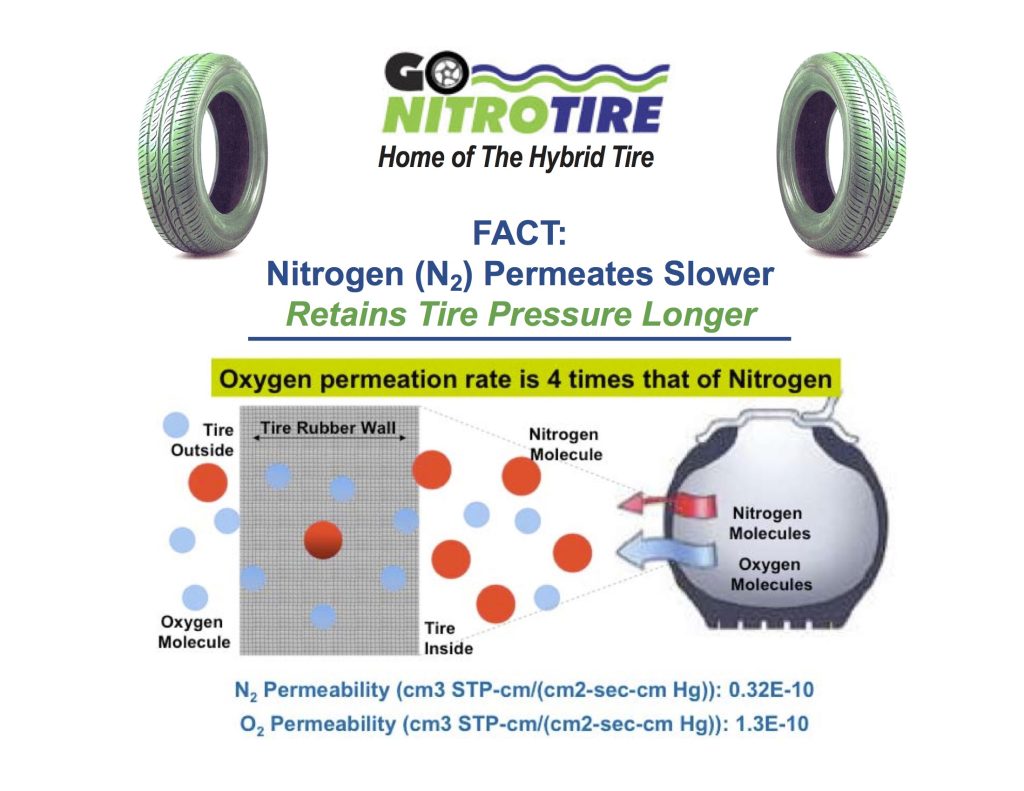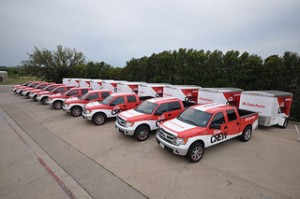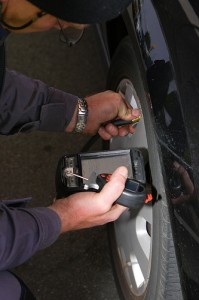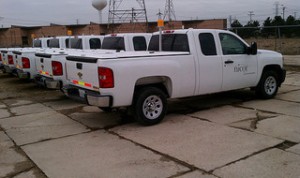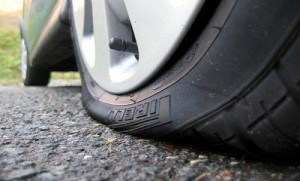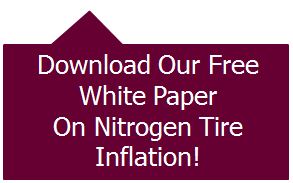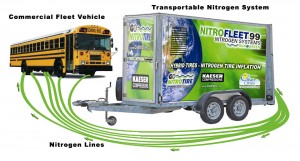Nowadays, soy is grown on a large scale around the globe. Since gaining popularity, soy has become one of the world’s most lucrative agricultural sectors. It’s extremely popular with vegans and health-conscious individuals, and as a result, its cultivation has increased.
As demand soars, soybean sustainability is an increasing priority for soy growers. As custodians of the land, farmers are adopting sustainable soy farming techniques such as reduced till, crop rotation, water and fertilizer management, cover crops, and precision farming technologies. These methods assist farmers in increasing their efficiency, crop production, and soy sustainability.
Implementing soy sustainability is one approach to making the world better and environmentally friendly. In this article, we look at seven reasons soy is environmentally friendly.

1. Nitrogen Fixation
Symbiotic nitrogen fixation is a characteristic shared by all legumes. It is the mechanism through which certain plants transform atmospheric nitrogen gas into nitrogen that the plant can use to thrive.
Soybeans are nitrogen-fixing plants. Most synthetic fertilizers used in crop cultivation include nitrogen, which promotes healthy growth and large harvests. Sustainable soysourced online from the U.S. Soy decreases the need for artificial fertilizers, which are frequently produced using fossil fuels and have significant adverse environmental effects such as water pollution and greenhouse gas emissions.
In addition, soy nitrogen fixation properties favorably impact both the economic and environmental aspects of production. It improves soil structure and fertility and boosts crop rotation output.
2. Soil Erosion

Soil erosion is a continuous process that happens when wind or water detaches and moves soil particles, resulting in soil degradation.
Soybeans form a denser and larger crop canopy cover, which helps to reduce soil sedimentation and erosion. The canopy’s ability to reduce the impact of pouring rainfall helps prevent soil detachment. Moreover, soy residue can create miniature dams that slow runoff and generate water pools that absorb rainfall energy, lowering soil particle detachment and transport.
Lastly, soy is an efficient cover crop when sown at the correct time. Cover crops are produced to protect soil integrity and avoid runoff from irrigation. Because arable soil is a limited resource, it is critical to prevent losing it to erosion and to maintain it as much as possible for as long as necessary.
3. Greenhouse Gas Emissions

Farmers play an important role in lowering our carbon footprint by improving efficiency and soil management methods. According to studies, a reduction in soybean tillage, or soil disturbance, is a major factor for this improvement.
Tillage oxygenates the soil, accelerating the conversion of the soil carbon compound to CO2. And Without any plants growing, this carbon dioxide is discharged into the air. Reduced tillage helps the earth better balance its carbon release with its growing crops.
By employing these better farming techniques, the soy sector utilizes less gas-powered agricultural machinery, makes more economical use of every acre of cultivated land, and minimizes its CO2 emissions.
4. Biodegradability
We reside in a world of disposable plastic items, from cups to plastic utensils, containers, and bags. Yet, almost all disposable plastic products pose a serious environmental hazard since they do not biodegrade.
To combat this problem, the use of soy-based plastics is one of the solutions. Soy’s availability, abundance, thermoplastic properties, and biodegradability have all made it highly desirable for widespread use in the plastics industry.
Soy-based plastics are a practical and exciting ecologically friendly material for one-time or short-term plastic items, such as food containers, instead of the currently used nonbiodegradable plastics.
5. Biofuel
Businesses, governments, and organizations constantly advocate using biodiesels, such as soybean oil, as a replacement or blend for conventional petroleum-based diesel oil in automobiles, planes, and equipment. This is because biodiesel is a more environmentally friendly alternative to fuels obtained from fossil fuels.
Compared to fossil fuels, biodiesel generates lower emissions of particles, sulfur dioxide, and air toxins when burnt. Even biofuel-petroleum mixtures produce fewer emissions than fossil fuels alone.
As the need for fuel rises, so does the demand for soy or other plant-based biofuels, allowing farmers to lead biofuel innovation and contribute to providing green choices for consumers nationwide.
6. Water Usage
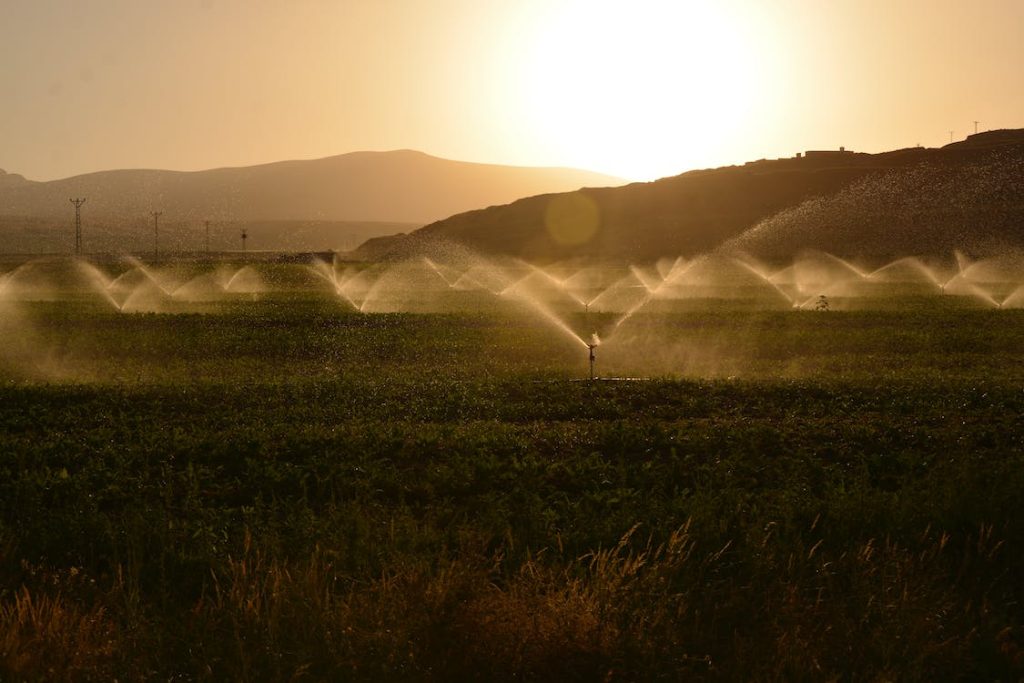
Water is becoming an increasingly important resource as the world becomes hotter and more water evaporates. How we use our water as a community and as individuals is an important aspect of conservation efforts. Thus, it is logical that our agricultural methods should prioritize sustainability regarding water utilization.
Sustainable soy production efficiently uses water depending on the soil and weather. Producing a ton of soybeans requires between 1,300 and 2,300 tons of water. This is about the same as sunflower and less than rapeseed plants which are some of the most efficient water users.
7. Land Usage
Land is a resource with limited availability. Therefore, the more it is needed, the higher the deforestation. How well the land is treated in terms of maintaining the nutrients and health in the soil and the sorts of pesticides used are all important for agricultural utility and efficiency.
Soy crops provide more usable kilograms of plant-based protein per hectare of farmland than rice and other legumes. In other words, cultivating soy requires less land to generate more proteins than cultivating other plant-based alternatives for the plant-based protein drink and powder sectors. Furthermore, soy produces far more protein per acre than dairy cows.
Wrapping Up
A growing population, climate changes, and heightened consumer awareness create new challenges and a larger need for sustainable food and energy. Environmentally sustainable consumer products like soy pave the path to substantial sustainability progress.

